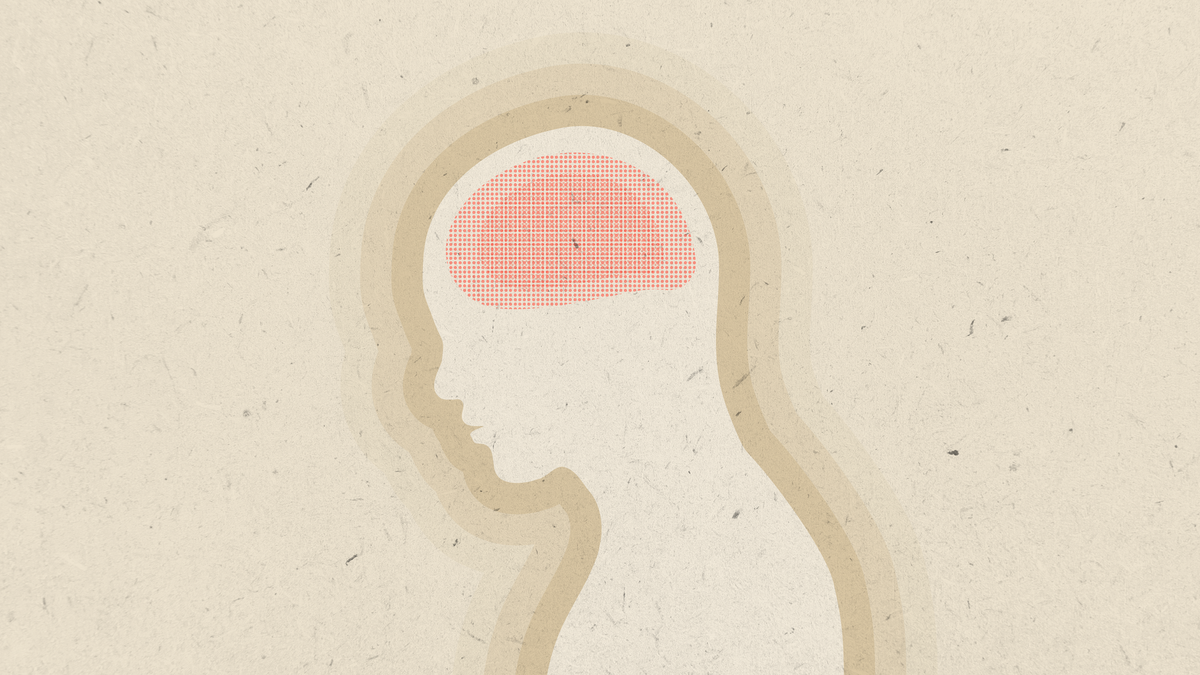Teachers highlight challenges of working with students with ADHD
Other posts falsely claim that LGBTQ+ identities are mental health conditions.

Other posts falsely claim that LGBTQ+ identities are mental health conditions.
This week, a teacher shared a post claiming that parents unfairly attribute students’ disruptive or violent behavior to ADHD. Other posts discussed the mental health challenges that women and trans people in the LGBTQ+ community face, with some falsely claiming that LGBTQ+ identities are not real or are mental health conditions.
In response, public health communicators may recirculate information about ADHD symptom management and accommodations, including tips for caregivers and teachers of students with ADHD; reiterate that LGBTQ+ identities are not mental health conditions; and share mental health resources for women and trans people in the LGBTQ+ community.

Insights brought to you by the reporters and science writers of Public Good News (PGN), a nonprofit newsroom dedicated to improving community health.
What’s trending nationally in conversations about mental health
On October 9, a teacher shared a Facebook post claiming that individualized education plans in schools excuse students from disruptive and violent behaviors like “throwing chairs, stabbing other kids with pencils and eloping from school every single day” and that students’ parents unfairly blame this behavior on ADHD. The post received approximately 25,000 views, 100 likes, 5 shares, and 100 comments as of October 17. Comments largely echoed the teacher’s frustration and stated that administrators do not provide enough support for teachers who work with students who have ADHD.
Last week, the National LGBTQ+ Women’s Community Survey of 5,000 LGBTQ+ people who previously or currently identify as women released its findings. Among those surveyed, approximately half reported experiencing depression or anxiety, 22 percent reported suicide attempts, and 66 percent reported seeking trauma therapy. Around half of those surveyed reported having a primary care physician, with financial constraints and discrimination cited as major barriers to health care access. NPR covered the survey’s findings and shared the article on Facebook, where it received approximately 250 reactions, 20 shares, and 400 comments as of October 17. Some comments expressed compassion for LGBTQ+ people. However, others falsely suggested that being part of the LGBTQ+ community is a mental health condition and that those surveyed brought mental health issues on themselves by “choosing” this identity.
On October 10, the CDC released a report highlighting mental health disparities among cisgender and transgender teens. A Truthout article shared the report’s findings, noting that approximately one in 20 U.S. teens identify as trans or are questioning their gender identity and that trans teens face higher rates of depression, bullying, and suicidal ideation than their cisgender peers. The article emphasized the need for trans-inclusive school policies, especially in light of increasing anti-trans legislation, which has been shown to negatively impact trans mental health. Truthout shared the article on Facebook, where the post received approximately 210 reactions, 40 shares, and 400 comments as of October 17. Some comments expressed support for trans teens who are impacted by discrimination, while others suggested that trans identity is a “fantasy” and blamed poor parenting, “liberal ideology,” mental health conditions, and social media for the rise in teens who identify as trans.

Recommendations brought to you by the health communication experts behind Infodemiology.com.
Recommendations for public health professionals
Each week, the Infodemiology.com team will provide messaging recommendations in response to some of the trending narratives outlined above. These helpful tips can be used when creating content, updating web and FAQ pages, and developing strategy for messaging about mental health.
In light of conversations about students with ADHD, communicators may recirculate information outlining ADHD symptoms, treatment options, and accommodations for students. Messaging may explain that children with ADHD may exhibit aggressive behavior when they are overwhelmed, when they are struggling to communicate their needs, or when they receive inadequate treatment and support. Sharing tips for caregivers and teachers who help youth with ADHD manage aggressive behavior is recommended.
In response to conversation about LGBTQ+ identities and mental health, messaging may emphasize that while legal stigma and discrimination can cause psychological stress for LGBTQ+ people, their identities are not mental health conditions. Messaging may also explain that trans identity is not a new concept: While the word “transgender” only dates back to the 1960s, people who do not meet traditional gender expectations have existed across cultures throughout history. Sharing mental health resources geared toward women and trans people in the LGBTQ+ community is recommended. Resources include directories where people can search for LGBTQ-informed therapists and support groups, the Trevor Project’s hotline for LGBTQ+ youth, the LGBT National Help Center, and Trans Lifeline. Sharing additional resources for caregivers of LGBTQ+ youth is also recommended.
